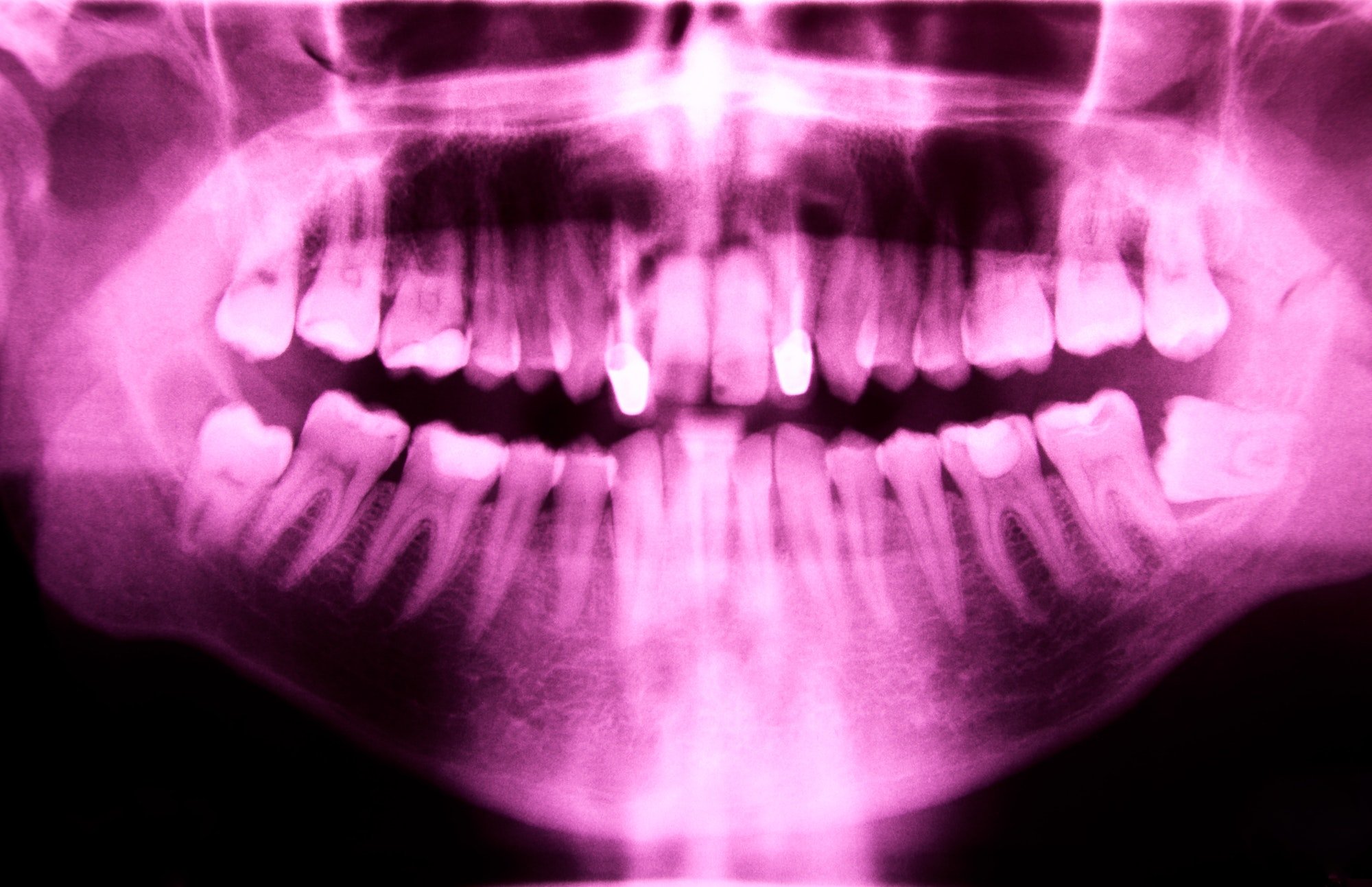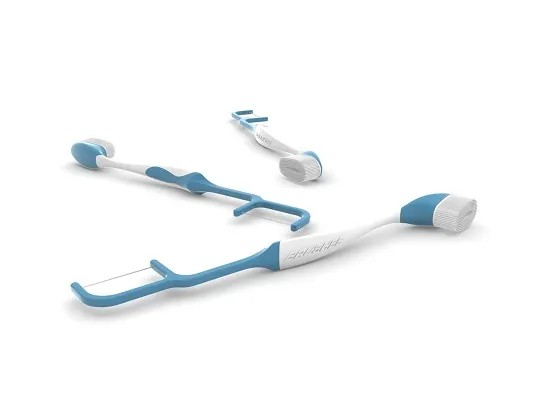Root reabsorption is considered a common condition despite how it may sound firsthand. For endodontists, in particular, it’s considerably harmful to your oral health, negatively impacting the teeth and gums. But what goes into treating root reabsorption, and how does it happen in the first place? While many dentists can treat root reabsorption, endodontists have a unique perspective on managing and treating this condition.
How Endodontists classify Root Reabsorption
Root reabsorption occurs in many situations and is typically referred to more as a process than as a disease or condition. The body breaks down and absorbs tissues, ultimately dissolving the tooth’s root structure, and this can occur for many reasons. But the process of identifying root reabsorption is often more complex than realized on the surface, and this topic typically takes specialists such as endodontists to look into and understand its impact.
The process of root reabsorption is typically classified by its location, root cause, and side effects. As the progressive loss of dentin and cementum, root reabsorption can either occur as a physiological or pathological phenomenon and can be identified in many different forms. The two most common forms include:
- External Root Reabsorption: External root reabsorption will typically occur along the side of the tooth’s root. It affects the surface and is usually attributed to a partial dislocation or a partial tear away. It can expand rapidly, can easily affect teeth with apical periodontitis, and typically results from athletic injuries or some form of trauma. When identifying external root reabsorption is further classified by its specific location along the tooth and how it affects the tooth, including:
- Cervical, this means it is limited to the cemental-enamel junction.
- Localized: this means limited to the coronal-middle or apical third of the root.
- Generalized: this means it may affect more than one-third of the root surface
- Inflammatory. While root reabsorption is usually inflammatory, a less common version is replacement resorption, wherein the resorbed tooth structure is replaced by bone—known more commonly as replacement external resorption.
- Internal Root Reabsorption: Internal root reabsorption often appears inside the canal rather than appearing by external means. While more difficult to diagnose due to its obscurity, endodontists can diagnose this form of root reabsorption by analyzing periapical images and noticing the root reabsorption’s location and movement. Internal root reabsorption typically appears in the following ways:
- Localized: Meaning it may be noticed any third of the root or crown
- Generalized: This means it affects more than a third of the root canal surface.
When looking at how to root reabsorption is caused, the most common causes are trauma-related. But beyond trauma, root reabsorption can typically be caused by internal crown bleaching that leads to overheating, replantation of traumatized teeth, and chemotherapy. It’s in these cases that the endodontist must be able to properly identify the cause and location of the affected tooth root according to this presented information. By looking into and studying the root canal system, endodontists can provide data and research to their communities about the formation of root reabsorption, share methods and techniques for the treatments provided to their previous patients, and eventually publish results that save more people’s teeth. To better accomplish this goal, using the classification system previously mentioned will help more endodontists achieve higher rates of success.
4 Myths About Root Canal Treatment Pain
How Do Endodontists Repair Root Reabsorption?
Root resorption treatment widely varies; however, your endodontist can diagnose the root resorption you’re experiencing to understand it better and treat it. Root reabsorption in adults is a serious dental problem due to the deterioration process that occurs with the tooth structure. Root reabsorption must be treated as soon as possible to prevent further damage to the oral structures. There are a variety of endodontic treatments your endodontist can use, including:
- Root Canal Treatment: Root canal treatments can be used to clean out the inner cavities, working to remove any sign of bacterial infection within the pulp to preserve the remaining roots. However, root canal treatment will often be used to prevent the onset of further damage to the roots.
- Dental Crowns: For affected teeth that cause root resorption, crown removal and replacement can help preserve your oral health and correct the remaining root canal issues with your affected tooth. These procedures will typically involve root canal treatment, enamel removal, and crown placement to ensure that the tooth will avoid reinfection and further damage to the roots. Dental crowns act as a method of prevention for root reabsorption.
- Oral Surgery: For root reabsorption that’s causing pain, oral surgery is considered the first method for addressing and removing tooth roots. Either through tooth surgery or gum surgery, endodontists will use these methods to irrigate and remove the tooth roots. Treating the affected area with oral surgery is considered the most effective restorative method for treating infected roots without restoring tooth extraction.
- Tooth Extraction: As a last resort, root reabsorption can be treated through a tooth extraction. Tooth extraction is considered the least conservative option, as tooth removal often increases the risk of cavities, gum disease, misalignment, and other issues, which require additional treatment to prevent. Tooth extraction is only considered a last resort as endodontists often work to conserve the tooth’s structure by understanding the internal structures.
All of these endodontic treatments depend on your endodontist’s diagnosis and recommendations for root resorption. Endodontists will often need to work with the patient to discuss their medical history, dental history, and lifestyle choices to be able to determine potential causes. From there, your endodontist will be able to provide you with treatments that tackle the issue and provide you with better oral health. Dental surgery for root reabsorption is still in its early stages, but through proper diagnosis and identification of the roots affected, your endodontist will be able to tackle the problems at hand with better outcomes for your health. If you are dealing with any form of severe tooth pain caused by root resorption, seek out endodontic treatment by contacting and arranging an appointment with your primary dentist today.
The Best Fiber Post Techniques For Anatomical Root Variations



